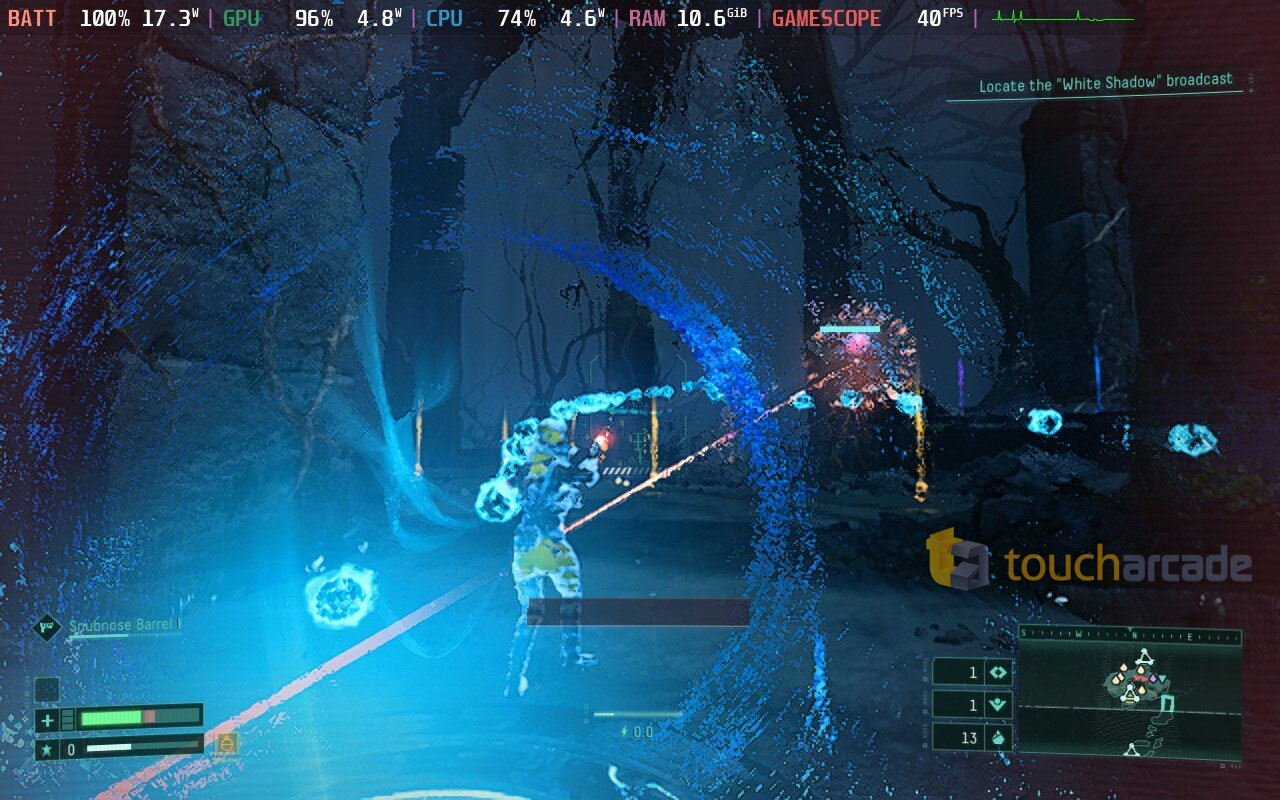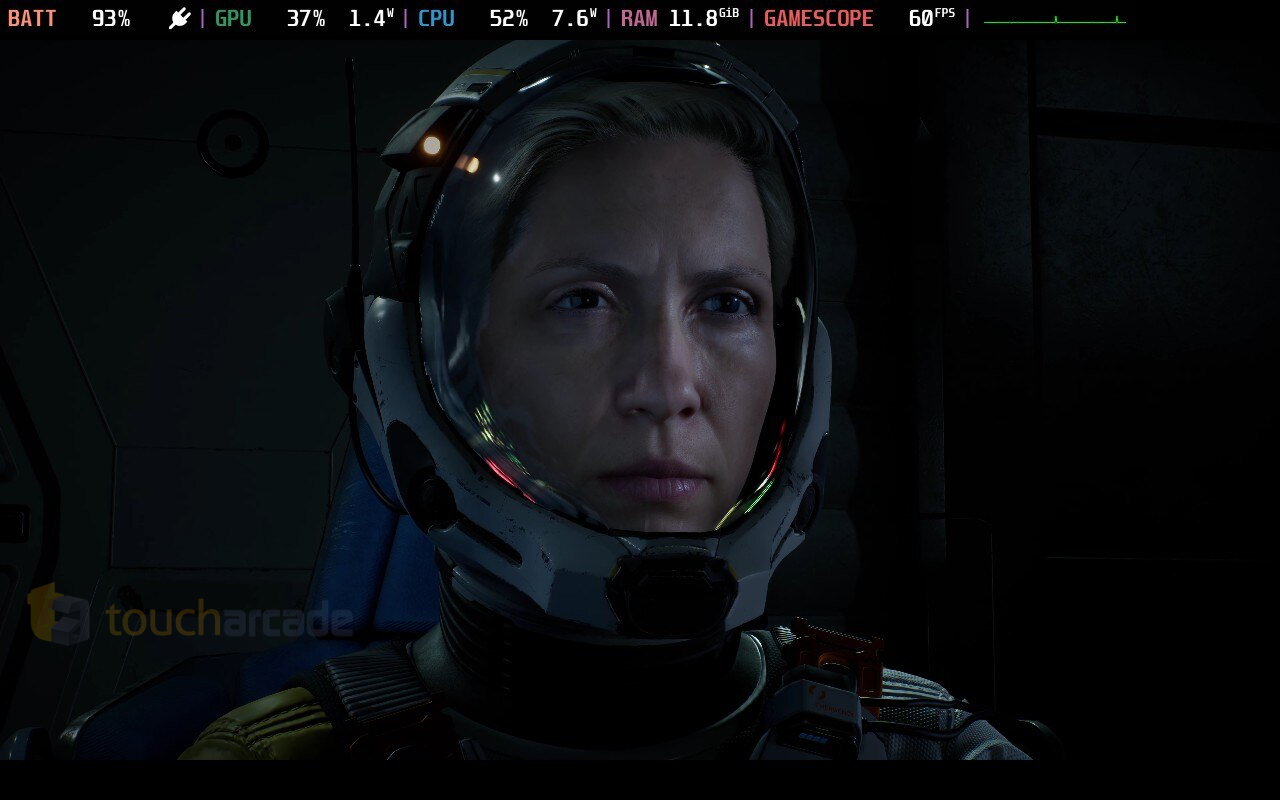When Sony started bringing its games to PC, I had a big list of PS4 and PS5 games I’d like to see hit the platform. We’ve slowly seen many PS4 and cross-generation titles come, but none of Sony’s PS5-only games have made the jump yet barring remasters. This changes with Returnal, Housemarque’s masterpiece. Returnal, Ratchet and Clank A Rift Apart, and the Demon’s Souls remake were the three major PS5-only releases back in 2021, but Returnal was a mind blowing experience that only got better after a few updates.
If you’ve not played or heard of Returnal, it is a third person shooter bullet hell roguelike experience. At launch, I was shocked at how good it felt to play, and how it blended together mechanics from my favorite genres, but was disappointed by the lack of any sort of save and quit option. Most roguelikes let you save or save quite often, but Returnal needed you to play a complete run, or it ended that cycle if you quit. A post-launch update allowed for a suspend and quit option, which dramatically improved how I felt about Returnal.
With Returnal now on PC, I obviously wanted to see how one of my favorite games in years fared on Steam Deck, since it is the only portable that will get Returnal officially. Sony’s games on Steam Deck have almost all been excellent, with some even being showcases for the hardware like Marvel’s Spider-Man Miles Morales. Returnal sadly isn’t as nice of an experience visually, but the gameplay is a perfect fit for Steam Deck.

When you initially boot up Returnal, you need to wait for it to install Epic Online Services or update it for multiplayer. Once this is done, you can run an optional benchmark in-game for it to decide what settings to go with for your computer. The lowest preset is what I went with alongside FSR performance. Even with this, it sometimes dropped below 30 in the more hectic battles, but a few updates that arrived pre-release for Returnal on PC dramatically improved how it runs for me barring those situations.
I set Returnal to 16:10 aspect ratio, used 800p, and played in fullscreen mode. On the graphics side, I set everything to low or off with FSR set to performance as mentioned above. I did this to see how high the frame rate could go. With this setup, I was happy with the 40hz refresh rate on Steam Deck and v-sync enabled in-game. If you prefer playing at 30fps for better visuals, you could try FSR at balanced. I didn’t get more time to tweak settings, so settled on FSR at performance and 800p with low settings.

Aside from being able to finally play Returnal on a portable, the Steam Deck’s gyro support makes it even better. I enabled gyro, and mapped the paddles to L3 and R3 so I never have to press into the sticks. This setup was a lot nicer, and I hope to try out something similar when I eventually get a DualSense Edge for use with my PS5.
One thing to keep in mind is Returnal offers adaptive trigger support if you use a DualSense controller, and enabling it on your PC will have it carry over to Steam Deck through Steam Cloud. I hope this can be rectified to be stored on device as configuration settings rather than being synced over with your actual save file because it changes some button mapping. Speaking of DualSense support, it works brilliantly on PC when wired. I didn’t spend much time on my laptop with Returnal because I was focusing on Steam Deck for this review.

In its current state, Returnal perfectly suits the Steam Deck, and it runs quite well given the hardware, with visual cutbacks. While it isn’t as nice as playing on PS5 of course, I’ve found myself enjoying Returnal on the go quite a bit thanks to the suspend feature and sublime core gameplay. It also helps that Returnal on PC arrives at a lower asking price with all prior updates included from the start making it a super-polished version of one of Sony’s best exclusives in years.
Interested in more lists? Check out our other Steam Deck recommendations!
